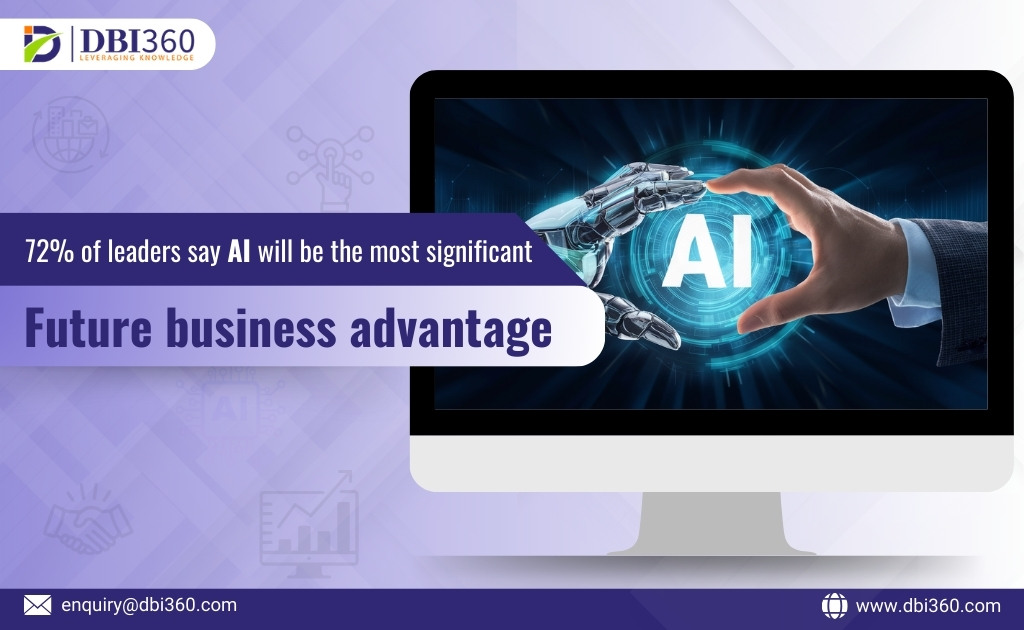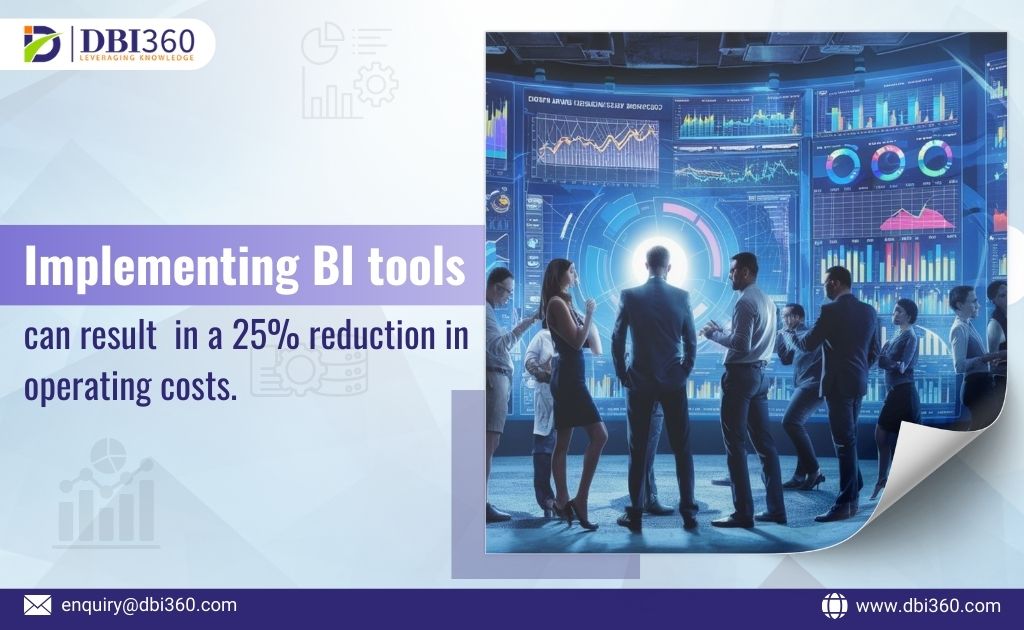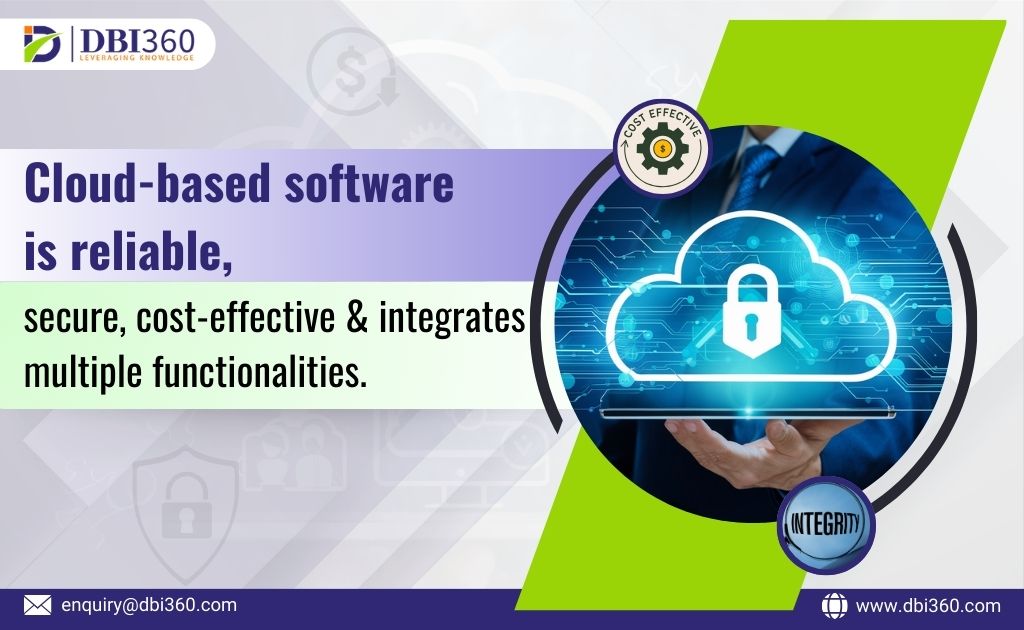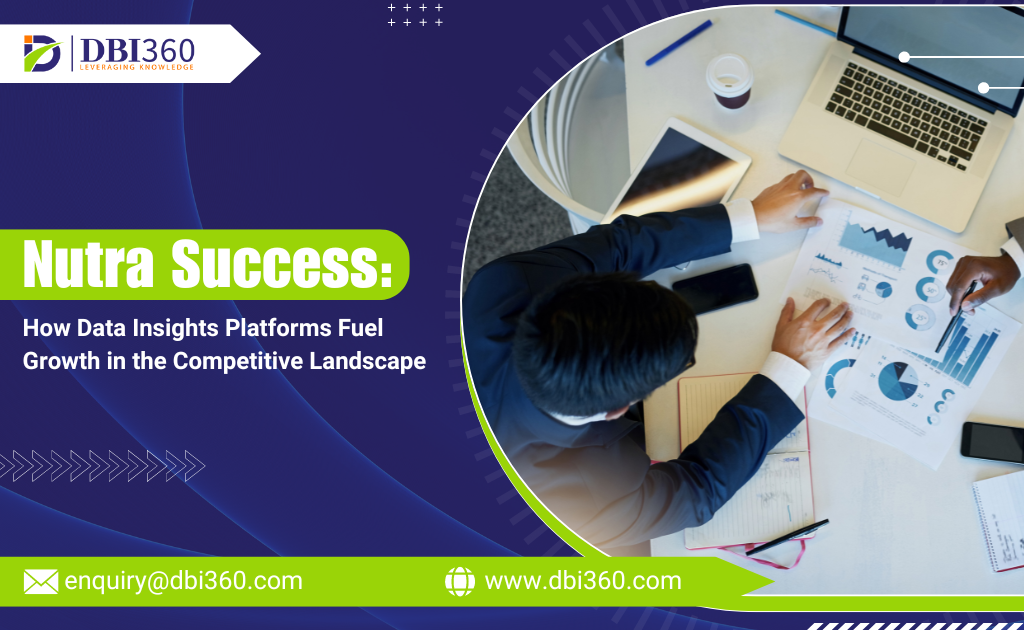The Internet of Things (IoT) has emerged as a transformative force in today’s rapidly evolving business landscape. It connects physical devices, sensors, and systems to exchange data and enable intelligent decision-making. Simultaneously, adopting Business-to-Business Software-as-a-Service (B2B SaaS) solutions has revolutionized how businesses access and utilize software applications. The convergence of IoT and B2B SaaS presents an unprecedented opportunity for businesses to drive growth, enhance operational efficiency, and unlock new possibilities.
In this blog, we will explore the rise of IoT and its integration with B2B SaaS. We will examine the benefits, real-world applications, and strategies for leveraging this powerful synergy to fuel business success.
The Intersection of IoT and B2B SaaS: Unleashing Business Potential
The rise of IoT revolutionizes how devices interact and exchange data, leading to enhanced connectivity and intelligent decision-making. We’ll explore the exponential growth of IoT devices and their impact on various industries.
Introduction to B2B SaaS: B2B SaaS solutions have transformed the software landscape, providing businesses with scalable, cost-effective, and seamlessly updatable applications. We’ll discuss the advantages of adopting B2B SaaS and how it has revolutionized software consumption.
The Power of Integration: By combining IoT-generated data with the advanced analytics capabilities of B2B SaaS, businesses can gain valuable insights and make data-driven decisions. We’ll delve into the transformative potential of integrating IoT and B2B SaaS for businesses.
Driving Operational Efficiency with IoT and B2B SaaS Integration
Enhanced Asset Management: IoT sensors combined with B2B SaaS solutions enable businesses to monitor and manage assets in real-time, optimizing utilization and minimizing downtime. We’ll provide real-world examples of businesses streamlining asset management through this integration.
Improved Supply Chain Visibility: Integrating IoT and B2B SaaS offers end-to-end visibility across the supply chain, enabling real-time tracking, inventory optimization, and predictive analytics. We’ll showcase how businesses can achieve greater efficiency and responsiveness in their supply chain operations.
Smart Facility Management: IoT sensors integrated with B2B SaaS platforms empower businesses to monitor and control various aspects of facility management, such as energy consumption, maintenance, and security. We’ll highlight the benefits of implementing smart facility management solutions.
Leveraging IoT and B2B SaaS for Data Insights and Innovation
Harnessing Real-Time Data: Integrating IoT and B2B SaaS allows businesses to collect and analyze real-time data, enabling proactive decision-making, predictive analytics, and anomaly detection. We’ll explore the potential for leveraging real-time data insights to drive operational improvements.
Enabling Data-Driven Decision-Making: By integrating IoT and B2B SaaS, businesses can make data-driven decisions, optimize operations, and identify new growth opportunities. We’ll provide examples of industries leveraging this integration to achieve strategic advantages.
Fueling Innovation and New Business Models: The convergence of IoT and B2B SaaS paves the way for innovative business models and revenue streams. We’ll discuss the potential for IoT-enabled products, services, and subscription-based models that leverage B2B SaaS solutions.
Overcoming Challenges and Ensuring Successful Integration
Security and Privacy Considerations: Integrating IoT and B2B SaaS introduces new data security and privacy challenges. We’ll explore best practices and strategies for ensuring robust security measures and maintaining data privacy in this interconnected ecosystem.
Integration Strategies: Successful IoT and B2B SaaS integration require careful planning and execution. We’ll guide you in developing a comprehensive integration strategy, including scalability, interoperability, and vendor selection considerations.
Change Management and Adoption: Integrating IoT and B2B SaaS may require organizational change and user adoption. We’ll discuss strategies for effectively managing change, providing training, and fostering a culture of innovation. It will ensure smooth adoption and maximizes the benefits of integration.
Conclusion
Integrating IoT and B2B SaaS represents a monumental leap forward in business technology. By combining real-time data collection, analytics, and advanced software capabilities, businesses can unlock new levels of operational efficiency. It is critical to gain valuable insights and drive innovation. Embracing the convergence of IoT and B2B SaaS positions organizations at the forefront of digital transformation, paving the way for sustained growth and success in a rapidly evolving business landscape.









